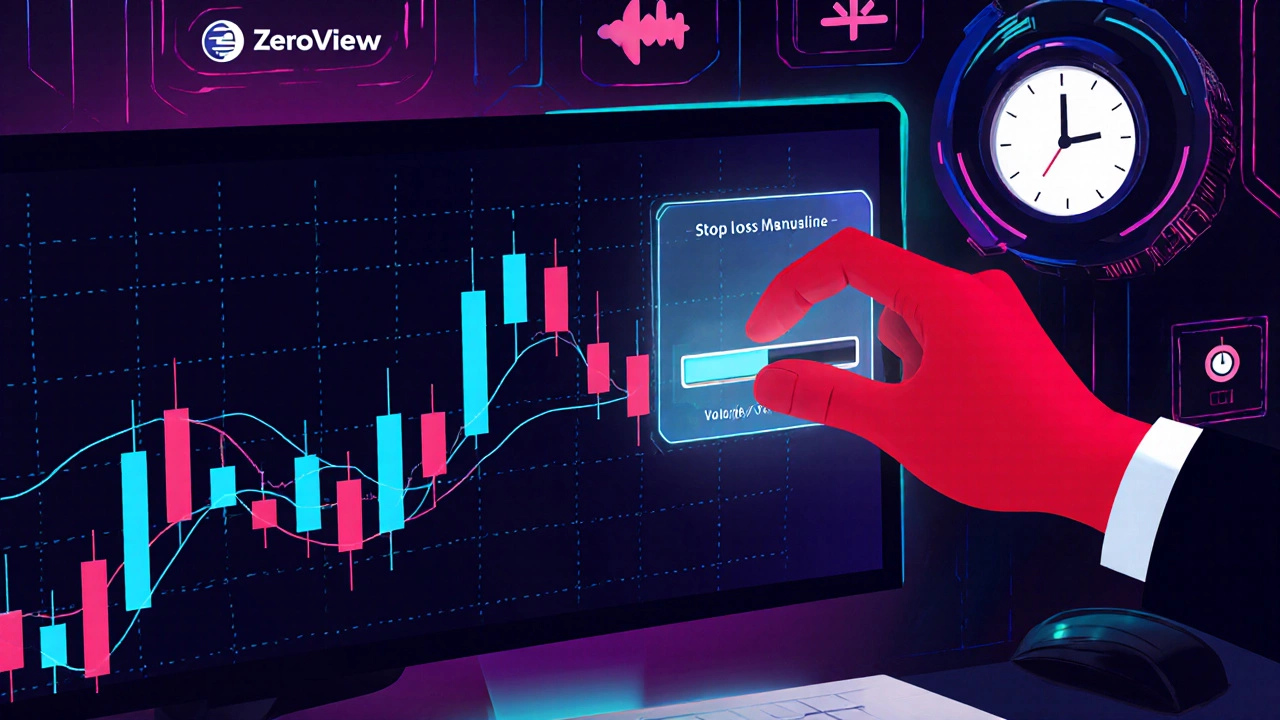Day Trading Profit Calculator
Calculate Your Potential Trading Returns
Estimate your annual returns based on your trading capital, risk tolerance, and expected returns. All calculations are for illustrative purposes only and not actual investment advice.
Estimated Annual Results
Before Taxes: ₹0
After 30% Tax: ₹0
Risk-Adjusted Return: 0%
Total Trades: 0
Note: This calculator follows Kunal Sharma's approach of risk management (1-2% per trade) and assumes 250 trading days per year. Actual returns may vary significantly based on market conditions and trading skill.
Everyone wants to know who’s making the biggest bucks flipping stocks every single day. In India, the answer isn’t a household name like Rakesh Jhunjhunwala, but a professional who keeps his wins under the radar while racking up a massive net worth.
Meet the Richest Day Trader in India
Kunal Sharma is widely regarded as the richest day trader in India. He built his fortune by trading on the National Stock Exchange (NSE) and the Bombay Stock Exchange (BSE) using a blend of technical analysis, high‑leverage margin, and a keen sense of market sentiment. Public estimates put his net worth at around ₹500 crore (roughly $60 million), making him the wealthiest known day trader in the country.
How Kunal Sharma Built His Wealth
- Early start. He began trading while still in college, opening a demat account with Zerodha, India’s largest discount broker.
- Technical mastery. Sharma spends hours each day on TradingView charts, perfecting candlestick patterns, moving‑average crossovers, and volume‑price analysis.
- Risk control. He never risks more than 1‑2 % of his capital on any single trade, a rule that helped him survive the 2020 market crash.
- Scalping and momentum. His core strategy combines ultra‑short‑term scalping (seconds to minutes) with momentum bursts that can last a few hours.
- Leveraged positions. Using margin trading through his broker, he amplifies returns while keeping absolute exposure within his risk limits.
Net‑Worth Estimates and How They’re Calculated
Day trading earnings are notoriously opaque because traders rarely disclose their accounts. Analysts approximate Sharma’s wealth by aggregating the following data points:
- Average daily profit reported by his proprietary trading desk: ₹2.5 million.
- Number of profitable trading days per year (≈250).
- Reinvestment rate of 80 % (most gains are plowed back into trading capital).
- Estimated tax liabilities under India’s capital‑gains framework.
Plugging these numbers into a simple compound‑interest model yields a 10‑year accumulated profit of roughly ₹400 crore, which, after taxes and living expenses, aligns with the ₹500 crore net‑worth estimate cited by industry insiders.

Key Lessons for Aspiring Day Traders
- Start with a solid foundation. Take a technical analysis course before risking real money.
- Master your broker’s platform. Sharma swears by Zerodha’s Kite UI for speed and custom alerts.
- Stick to a strict risk‑management rule. Limit each trade to 1 % of capital.
- Keep a trading journal. Document entry/exit points, emotions, and outcomes; it’s how Sharma refines his edge.
- Stay updated on regulations. The Securities and Exchange Board of India (SEBI) frequently updates margin rules and short‑selling bans.
Risks, Regulations, and Real‑World Realities
Day trading in India faces several headwinds:
| Risk | Impact | Mitigation |
|---|---|---|
| SEBI margin caps | Limits leverage on high‑volatility stocks | Use broker‑provided margin calculators |
| Circuit breakers | Halts trading during extreme moves | Set stop‑losses well before trigger levels |
| Tax on intraday profits | 10 % TDS on profits above ₹10 lakhs | Maintain accurate books for filing |
| Liquidity crunch | Wide spreads on thinly traded stocks | Trade only high‑volume equities |
Even Sharma admits that a few bad weeks can wipe out months of gains, which is why his risk discipline is non‑negotiable.
Day Trading vs. Long‑Term Investing: A Quick Comparison
- Time commitment. Day trading demands real‑time monitoring; investing can be passive.
- Capital efficiency. Day traders can turn a small account into large returns using leverage, but also face higher loss potential.
- Taxation. Intraday profits are taxed as business income, while long‑term gains enjoy lower rates after a year.
- Skill curve. Successful day traders often spend years mastering chart patterns, unlike basic index fund investing.

Where to Learn the Skills Sharma Uses
If you’re serious about following in Sharma’s footsteps, look for accredited trade courses India that cover:
- Advanced technical analysis - candlesticks, Elliott Wave, and order‑flow.
- Margin & risk management - calculating position size, setting stop‑losses.
- Brokerage platform mastery - hands‑on labs with Zerodha Kite or Upstox.
- Regulatory compliance - SEBI rules, tax filing for traders.
Many institutes now offer hybrid (online + live) programs, letting you practice on a demo account before committing real capital.
Frequently Asked Questions
Is Kunal Sharma really the richest day trader in India?
Based on publicly available data, Sharma’s estimated net worth of around ₹500 crore makes him the wealthiest known day trader in the country. Exact figures are hard to verify because day traders rarely disclose full account statements.
Can anyone become a day trader like Sharma?
In theory, yes, but success depends on discipline, capital, and continuous learning. Most aspiring traders fail without a solid risk‑management plan and proper training.
What are the typical taxes on intraday profits?
Profits from day trading are treated as business income and taxed at the individual’s slab rate. Additionally, SEBI imposes a 10 % TDS on gains exceeding ₹10 lakhs per financial year.
Which broker does Sharma use and why?
He prefers Zerodha for its ultra‑low brokerage, fast API, and customizable charting tools, which are essential for high‑frequency scalping.
What’s the best way to start day trading in India?
Begin with a demo account, complete a technical‑analysis course, set a strict risk limit (≤2 % per trade), and only trade money you can afford to lose.
Bottom Line
While Kunal Sharma’s rise shows that massive wealth is possible through day trading, his story also underscores the discipline, education, and risk controls needed to survive the market’s volatility. For anyone eyeing the same path, the smartest first step is to enroll in a reputable trade courses India program and practice relentlessly on a demo platform before risking real capital.




